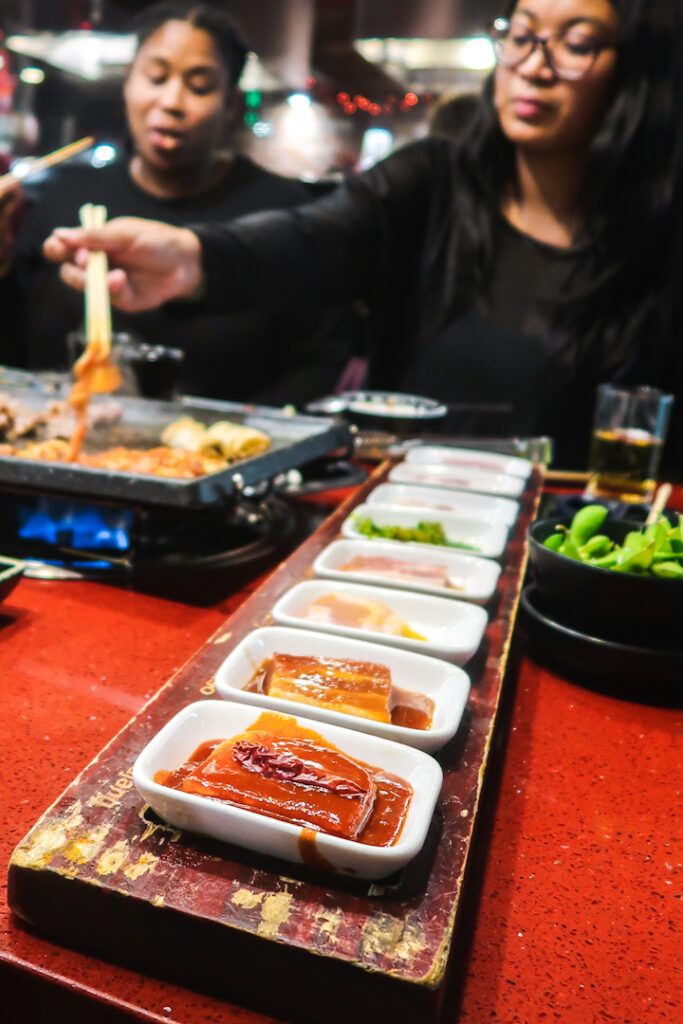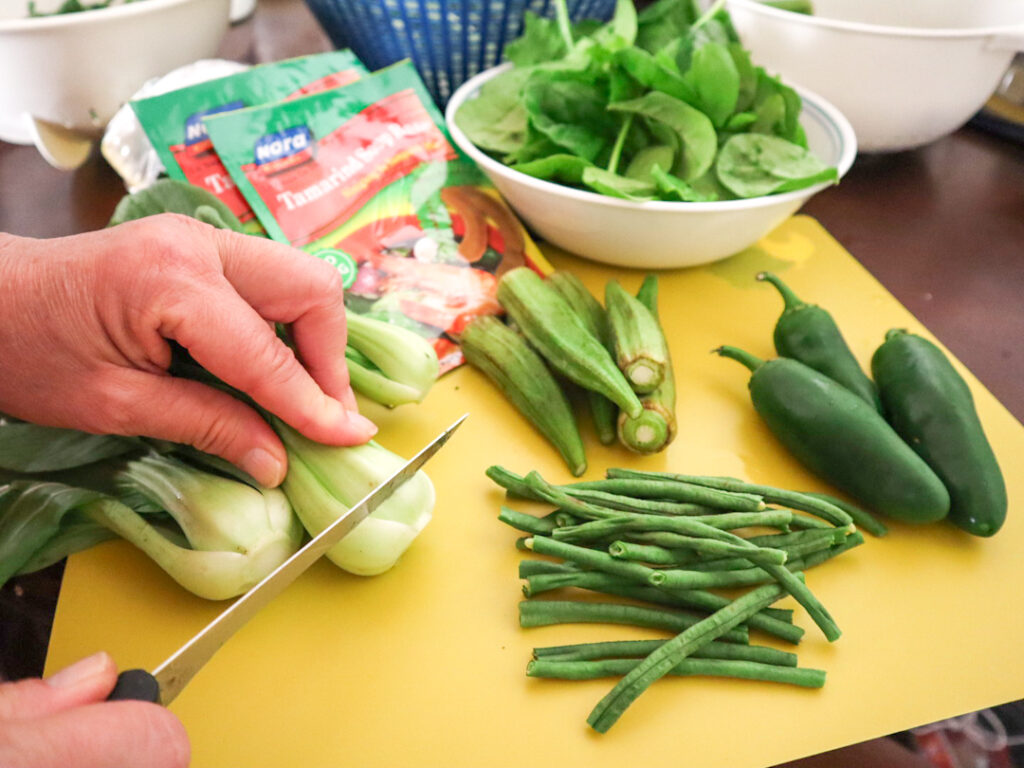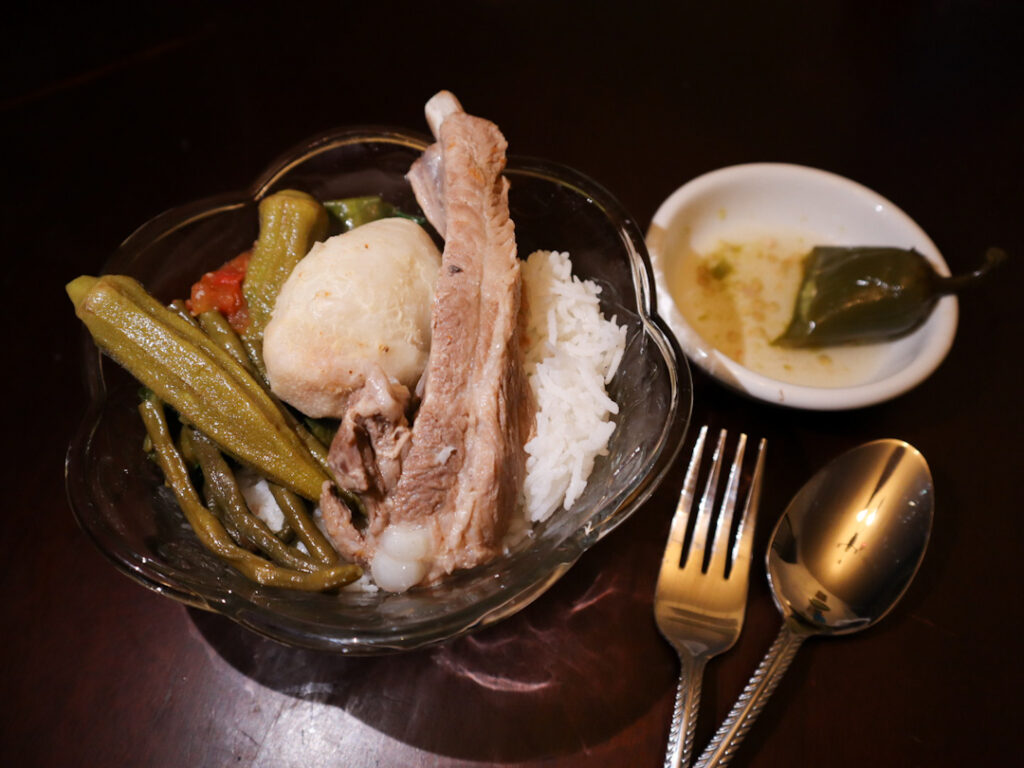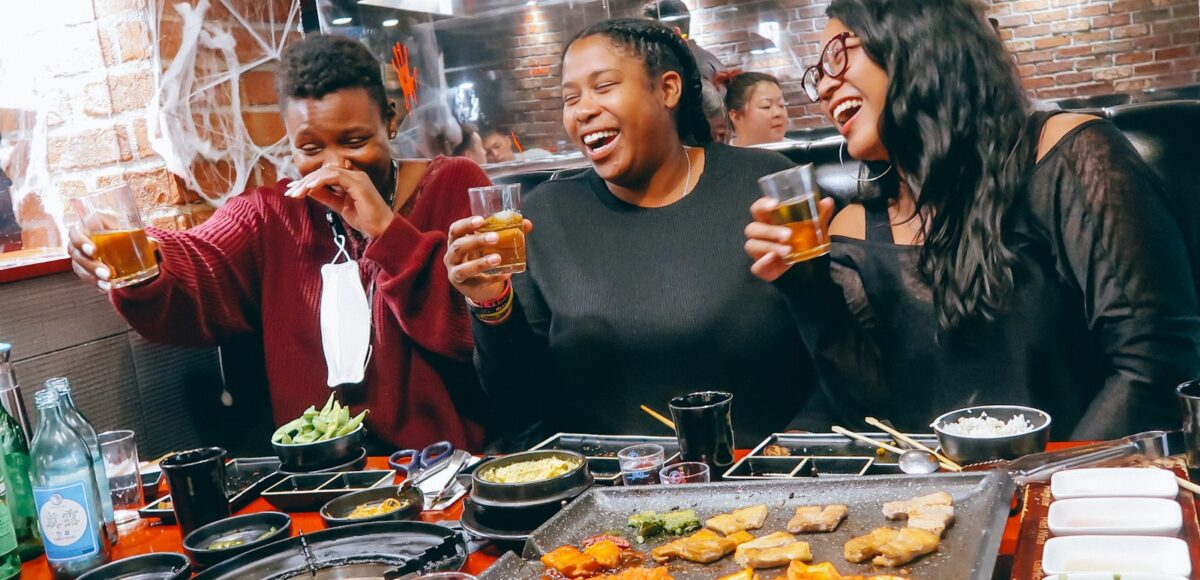It was a warm July evening just past 9:30 p.m., but the sky was still a bright blue as we sat on the restaurant’s patio. Following a four-hour drive from Germany, we’d made it to Brussels, checked into our hotel and found a place for our first Belgian meal—and beer, of course. We had only decided that morning to hop on the road to visit a new city (and new country for me) for the weekend. One of the perks I loved about living in Europe.
After sharing a pot of moules steamed in garlic, cream, and white wine, our main dishes arrived. I chose a Flemish beef stew in Grimbergen beer that came with frites. Being a documentarian, I asked my travel companion to take a photo as I took a bite of one of the frites, cheerily holding my kriek lambic (a sour, cherry beer). Snapping enough pictures, we dug into our dishes. As I took that first mouthwatering bite that seared itself into my memories along with all the other delicious foods I’ve tasted around the world, that familiar feeling of longing hit me.
Though I love to travel, the truth is this: I get homesick easily. I used to think that meant I was homesick for the familiarity of the place in which I lived the longest because, usually, being homesick means missing the place where you live after being away from it for a period of time. I was wrong.
Since I started wandering the world 15 years ago (four and a half of those years spent living abroad in Italy, South Korea, and Germany), home has become wherever I felt a sense of belonging. It includes the people that have made lasting impacts in my life. It includes working dream jobs, previously teaching English as a foreign language and in this chapter of my life, being a writer and travel creator. And yes, it even includes the food I’ve eaten and shared with others.


When I tell people I get homesick for food, some scoff, others relate. Inevitably, most ask, “Why food?” Being raised in a Filipino household, love was shown through food. Affection and words of affirmation were scarce, but if any elders asked, “Have you eaten?” or told you in Tagalog, “Kain tayo!” (“Let’s eat!”), you felt how much they cared.
It wasn’t until I was older that I realized it was a gesture of love when they asked me this question because at a young age, I perceived Filipino dishes to be laborious. Most notably, I would whine and complain every time my mom asked us to help make lumpia. It took hours to make those tasty bite-sized egg rolls.
First, we’d have to chop the carrots, bamboo shoots, water chestnuts ,and green onions into small cubes. Then my mom would hand-mix all the veggies with ground meat. After, we’d start a production line—one sibling separating the egg roll wrappers, another rolling up the meat and veggies and another to help Mom cut and fry them.
When I moved away from home and started to make lumpia or other traditional Filipino dishes on my own, it dawned on me: cooking Filipino dishes is time-consuming, but it’s always a labor of love. No matter the dish, my parents, grandparents, uncles, aunts, etc., made the food with the care and affection they couldn’t convey through words.

That labor of love through food is the same kind of affection I found in 2013 each time the nonna in my Italian host family asked if I wanted to help her make dessert, which was almost every day, or learn how to make ravioli from scratch. She didn’t speak English, but we communicated through gestures since food is a universal language.
It’s the same love and care I found from 2016 to 2020 when the ajummas and ajusshis at the restaurants I frequented in South Korea would give me a “service”—or meals on the house. Or when the owner of the Korean BBQ near my apartment would personally come over to cook our meat every time we ate there. Or when he gave my best friend and I a goodbye cake on the night there before we moved back to the United States.
Someone recently told me, “I don’t really like food. I just eat to live.” My eyebrows shot up and I gasped in shock. I, on the other hand, live to eat. It goes deeper than simply trying new foods in new places. Growing up, I didn’t learn to speak Tagalog and only visited the Philippines once, so food was the best way I knew how to feel a connection to my heritage. While living abroad, food is the best way to fill the emptiness when I miss home and family.
When a person tells me that trying new food isn’t important when abroad, I urge them to reconsider. Through single bites, I’ve felt the pride of a Hmong family’s hard day’s work in the fields during a homestay in Sapa, Vietnam. I’ve learned about Creole cuisine and history I wasn’t taught in school through a cooking class in New Orleans. I’ve formed lifelong friendships over steaming pots of kimchi jjigae in South Korea. I’ve discovered how Filipino-Americans right here in my home city are reclaiming their culture while paving the path for future generations by putting a twist on the classic dishes I know.
Simply put, traveling with my palate has allowed me to open my mind and my heart, because food creates connections. Food is where you’ll find community. And when you’re on the road or living abroad, community is where you find home. So on that summer night, as I enjoyed my first Belgian meal, I knew it would be one I’d eventually feel homesick for.
Just like I can hear the laughter of my friends over the sizzling of Korean BBQ on the grill, I knew I’d remember the smiles we shared with our Colombian waiter as he told us the story of how he came to Brussels.
Just like I remember the ocean views while eating a nine-course seafood meal with my Italian family in the beachfront restaurant across the street from their home, I knew I wouldn’t forget the views of Porte de Hal against the bright blue 10 p.m. sky as I sipped my lambic.
And just like my mouth waters at the thought of a freshly cooked pot of sinigang na baboy (a tamarind-based pork and veggie soup)—my all-time favorite dish, specifically made by my mother—I knew I would always savor the taste of the freshly steamed moules and perfectly cooked stew I ate that night.











Ariel | April 26, 2022
|
This is so awesome! What a great read!! I shouldn’t have read this on an empty stomach, because now I’m extra hungry and some sinigang sounds reeeal good right now.